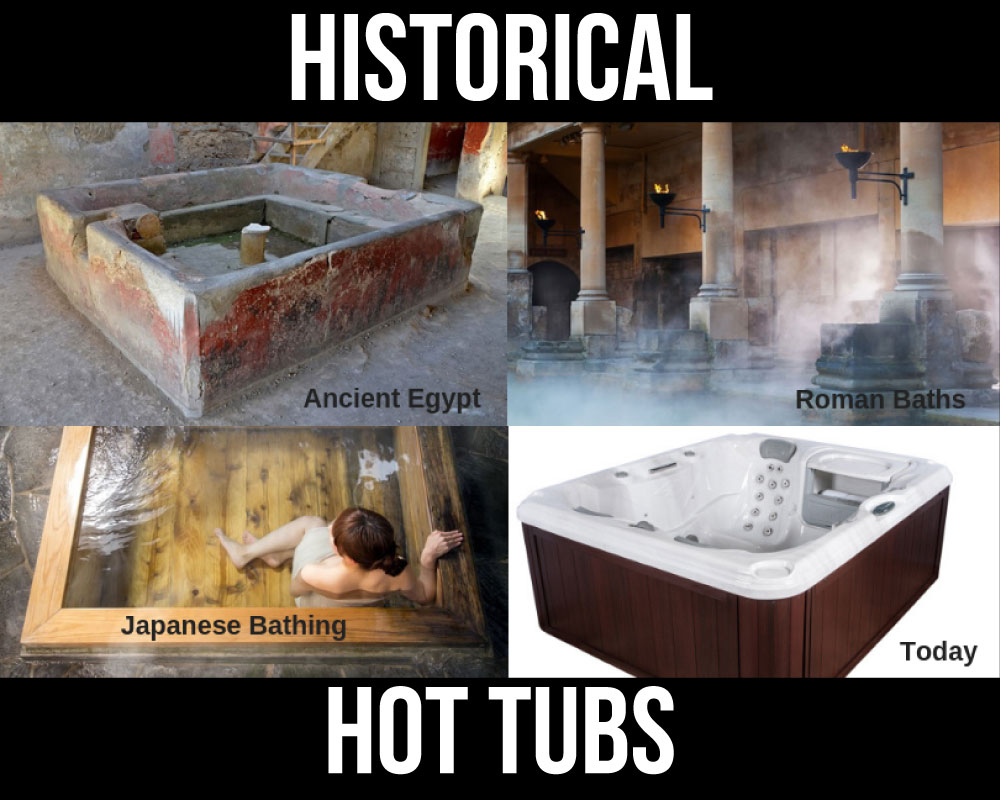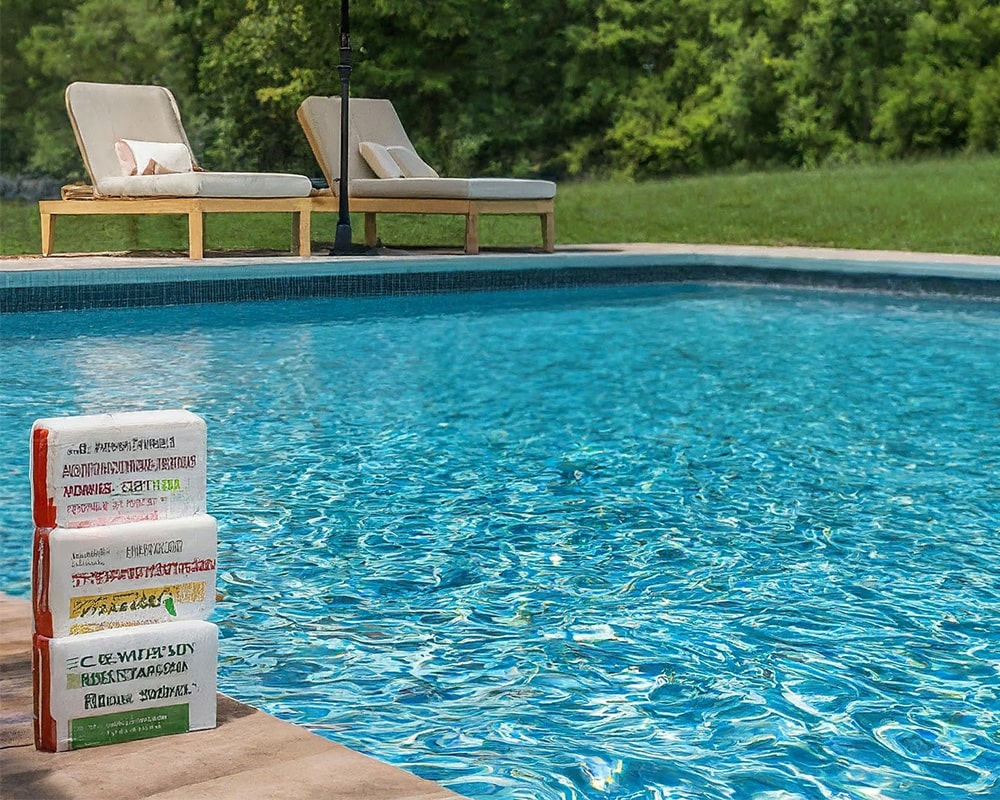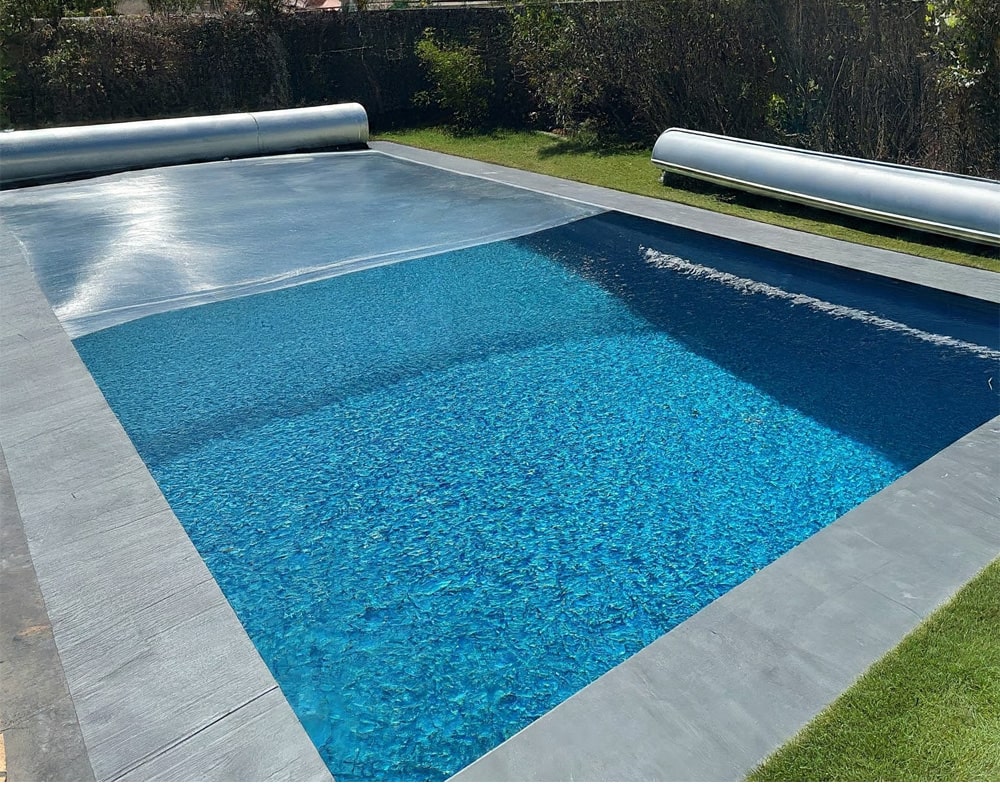Historical Progression of Hot Tubs
Posted: February 25, 2022
You may be surprised to know your relaxing soaks in the spa have a lengthy historical tradition. For thousands of years, people have used baths and natural hot springs as places of socialization, health, and worship. Some of the earliest hot tub parties may have been held in calderas, with red-hot stones dropped in to warm the water. These early people may not have had massage jets or digital controls in their spas, but they certainly understood the curing powers of hot water.
Saturnia, Italy – 20th Century B.C.
Saturnia, Italy – 20th Century B.C. is believed to be the oldest settlement on the Italian Peninsula with ruins and artifacts in the small town dating all the way back to the 20th Century B.C. Saturnia is also home to an amazing set of thermal bath and waterfalls that are believed to have been in use by local residents and travelers since ancient times. Each year, many visit the site and relax in the sulfur infused water, which flows year round at a steady 99.5 degrees F. The terraced pools offer a broad panoramic view of the surrounding landscape and are believed to be among the early inspirations for the vanishing edge designs.
Ancient Egypt – 2000 B.C.
Egyptians embraced cleanliness and were known to bathe up to four times a day. The wealthy even had bathing rooms inside their homes and as early as 4000 years ago used the therapeutic qualities of hot water in baths, adding flowers and essential oils for aromatherapy. While we have bathtubs in every home today, most Egyptians of the time used the Nile River not only for bathing, but as a dishwasher and washing machine.
The Greeks – 1500 B.C.
Ancient Greeks built pools around volcanic springs to capture the warm, mineral rich water for relaxation and healing. They first created simple carved out areas around springs for bathing and holding clothes. Later they were created into more refined, sophisticated structures for entertainment as well as bathing. Excavations of the Ancient Greek isle of Thera (now Santorini) revealed lavish alabaster baths carved as early as 1500 B.C., preserved by feet of ash from a volcanic eruption similar to the one that swallowed Pompeii. Hippocrates, the great Greek physician, even prescribed a dip in spring water to cure sickness. The ruins of aqueducts and marble baths in Therma, Ikaria date from the 4th century BC, where the radioactive springs were and still remain to be thought to have unique healing properties.
Roman Baths – 200 B.C.
The Romans took the spa to the next level. The creation of concrete and aqueducts allowed for larger, more elaborate baths to be engineered. Further advancements in architecture introduced radiant heating in the floors and walls, and large, complicated boilers to heat pools and rooms. The first great thermae, or imperial public bath, was designed in 25 B.C. These luxurious facilities included hot and cold baths, saunas, a gym, and massage.
Japanese Bathing Culture – 759 A.D.
Onsen, or hot springs, have been used by the Japanese for at least 1000 years, and perhaps earlier. Most of these springs on the highly active volcanic islands of Japan are still frequented today. The Japanese have also used ofuro, or personal wooden soaking tubs, for centuries. These square sided tubs are not used for cleansing, but for meditation and restorative properties. Washing beforehand meant the water could be reused by multiple members of the family, and it was believed that the elder members infused their wisdom into the water for younger bathers to absorb.
Native and Early Americans – 1700
High Rock Spring in Saratoga, NY was first used by Mahican tribe before colonists arrived. They called the waters “Medicine Spring of the Great Spirit,” to signify its healing powers. Native American people in Hot Spring, Arkansas, used the hot springs as a sacred meeting place they called the “Valley of the Vapors,” from the steam that hovered over the area, illuminated by the sunrise. A settlement in the area was founded in 1804 to harness the healing powers of the springs, which are still used today.
Resort Spas – 1880 through 1940
The value of a good bath was on the rise again in the late 1800’s, and spa resorts started popping up all over Europe and the US. Many of these resorts were styled after the architecture of the Roman thermae, and were used to promote vitality and health. President Franklin D. Roosevelt owned a resort in Warm Springs, Georgia he called the “Little White House.” Partially paralyzed at an early age, he regained some of the use of his legs swimming at the springs, and returned there for hydrotherapy annually for over 20 years.
Wooden Hot Tubs – 1940 through 1960
Returning from Japan after WWII, American troops brought back the bathing culture of Onsen and the wooden ofuro tubs, inspiring the first wooden tubs in the US. Using discarded winery equipment like barrels and wine vats, vineyard workers and migrant “flower children” began creating hot tubs in the 1960s making home-made wood-fired heaters. These early tubs were leaky and harbored bacteria, algae, and mold due to lack of filtration.
Meanwhile, wealthy pool owners were having recessed concrete spas installed next to their pool. By the late sixties, in-ground spas had taken hold in the pool industry, using high velocity returns as the first jets. These concrete spas not only took weeks to install, but had a price tag that made them inaccessible for the average American.
Fiberglass and Acrylic Spas – 1960 through 1970
Fiberglass spa shells made their debut in the late 60’s, simultaneously dealing with the health issues of wooden tubs and the install issues of gunite spas. While these shells could be quickly made, they were prone to blistering and staining, and were soon replaced by acrylic.
In the mid 70’s, spa shell manufacturers pulled these acrylic shells out of the ground and created the first portable spa, adding framework and hiding the equipment under wood skirting. As the decade progressed, more features were added, including more advanced filtration systems, jets, and the first spa pack in 1976. The combination of lower cost materials and ease of install made portable spas attractive to many more homeowners.
Modern Portable Spas – 1980 through 1990
The 80’s and 90’s saw more and more features added, including digital controls, synthetic skirting for easy maintenance and more complex and numerous jets. Lightweight vinyl and rotationally-molded spas were also introduced, providing high value choices for those with limited space or budget.
Today
With such a long history of therapeutic benefits, it’s no wonder spas are so popular today! With so many options you can get a more modern Roman thermae experience in the privacy of your own home for a great value. Stop into one of our locations to bring home the benefits of hot tub healing.



